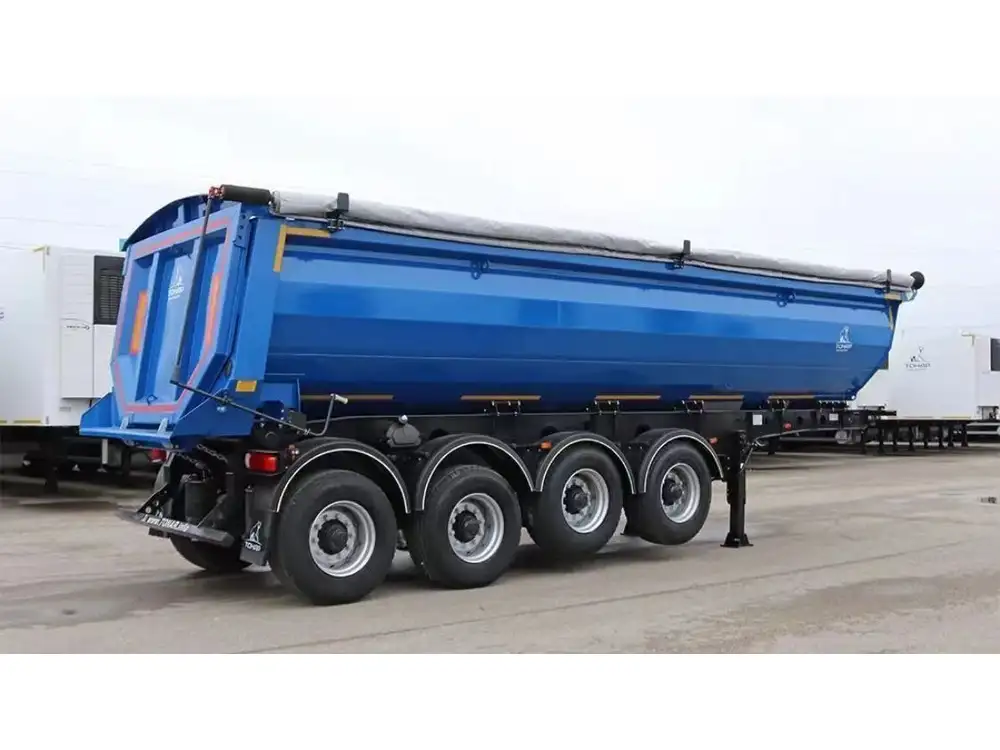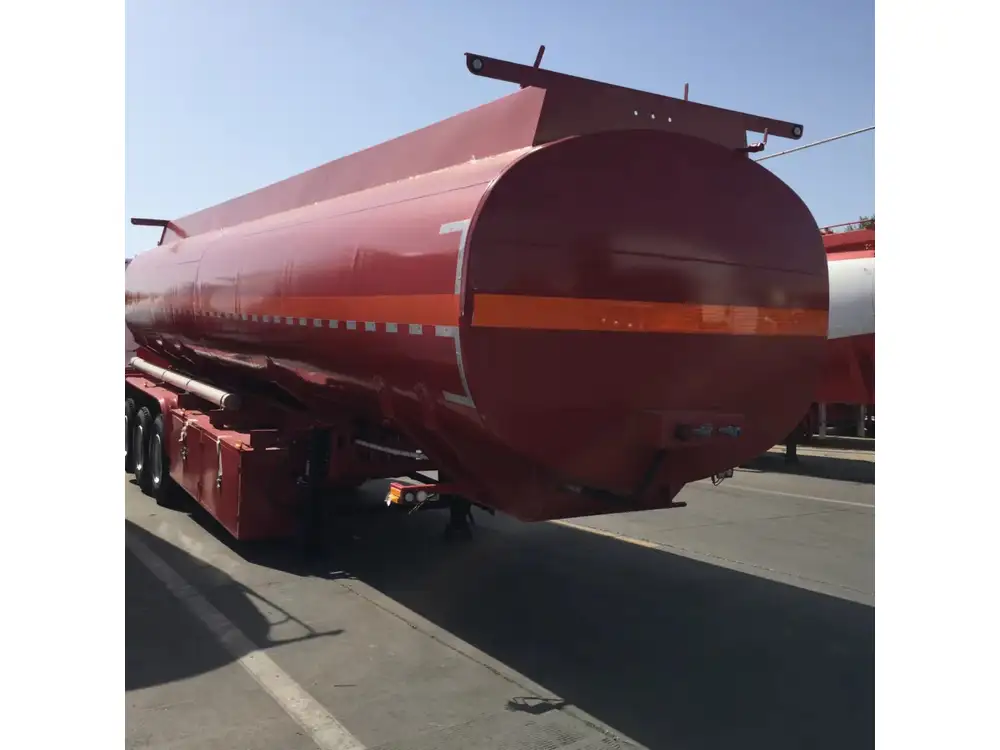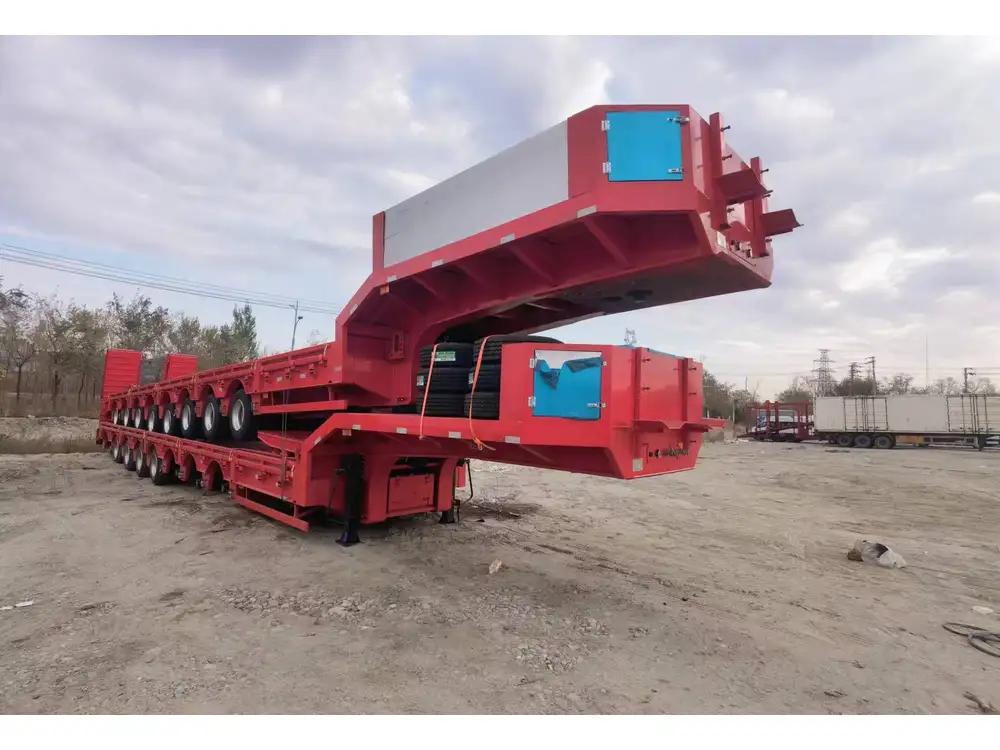Converting a trailer into a semi office is becoming a popular trend among businesses looking for flexible workspace solutions. Understanding the costs involved in this conversion is critical for making an informed decision. This guide will delve into the various aspects that affect conversion costs, the steps involved, and additional considerations to ensure you create the ideal semi office that meets your requirements.
Understanding the Cost Factors
1. Type of Trailer
The first factor that influences conversion costs is the type of trailer you choose. There are several types, each with its specific characteristics and requirements:
- Standard Flatbed Trailers: Cost-effective but require more modifications.
- Enclosed Trailers: These provide better insulation and are ready for office conversion but can be more expensive upfront.
- Gooseneck Trailers: Known for their extra room and ergonomic setup but may incur higher conversion costs due to structural alterations.
| Trailer Type | Average Cost Range | Pros | Cons |
|---|---|---|---|
| Standard Flatbed | $2,000 – $8,000 | Lower cost | More modifications needed |
| Enclosed | $5,000 – $15,000 | Better insulation | Higher initial investment |
| Gooseneck | $7,000 – $20,000 | Extra room, ergonomic | Structural alterations required |

2. Interior Setup and Design
The design and layout of the office space will significantly impact your budget. Consider the following elements:
- Flooring: Options include carpet, vinyl, or laminate flooring, each with different costs.
- Walls: Adding insulation, drywall, or decorative finishes will cause fluctuations in prices.
- Furniture and Equipment: Desks, chairs, shelves, and office equipment should be factored into your cost analysis.
| Work Area Component | Estimated Cost Range |
|---|---|
| Flooring | $1,000 – $4,000 |
| Walls | $600 – $3,000 |
| Furniture | $1,500 – $5,000 |
| Technology | $500 – $3,000 |
3. Utilities and Connectivity
An essential aspect of any office is its connectivity and utilities:
- Electrical Work: Upgrading electrical systems to support your office equipment could range from $500 to $3,000.
- HVAC System: Heating, ventilation, and air conditioning units are vital for comfort but can cost between $2,000 and $10,000 depending on the efficiency and size.
- Internet and Phone Services: Establishing reliable internet connectivity typically costs between $50 – $150 per month, plus any installation fees.
4. Permits and Regulations
Before embarking on your conversion, consider local regulations. Often, you may need permits for:
- Structural changes
- Utility installations
- Parking or zoning
The cost of permits can vary widely from $100 to several thousand dollars, depending on your location and specific project requirements.

Detailed Steps for Conversion
Step 1: Planning and Design
Carefully planning your workspace is crucial. Consider your business needs:
- How many employees will be working in the semi office?
- What are their specific requirements in terms of layout, furniture, and technology?
Engage an architect or a designer who specializes in mobile office spaces to help visualize your layout effectively.
Step 2: Purchasing the Trailer
Select a suitable trailer based on your budget and needs. Common marketplaces where you can find trailers include:
- Local dealerships
- Online auction sites
- Classified advertisements
Ensure you inspect the trailer thoroughly for any damages or necessary repairs before purchasing.

Step 3: Conversion Work
Engage reputable contractors experienced in mobile office conversions. Key areas to focus on:
- Insulation: Insulating the trailer to ensure comfortable temperatures is vital.
- Electrical and Plumbing: Ensure power supplies are well routed and safe, particularly if adding appliances or plumbing facilities.
- Interior Finishing: Focus on durable and aesthetically pleasing materials that fit a professional working environment.
Step 4: Set Up Technology and Utilities
This step involves installing necessary gadgets and utilities to ensure your semi office is effective:
- Set up internet connectivity.
- Install and test all electrical components.
- Configure your workspace with desks, seating, and any other required furnishings.
Step 5: Permits and Legal Compliance
Submit all necessary paperwork for permits and ensure everything complies with local laws. Having all proper documentation in place can save you from fines and legal troubles in the future.

Balancing Costs and Quality
While initial costs are essential, consider the long-term implications of your investments in quality materials and contractors. Building a high-quality semi office may require a higher initial outlay but can lead to significant savings in maintenance and utility expenses over time.
Pros and Cons of Converting a Trailer to a Semi Office
| Pros | Cons |
|---|---|
| Flexible workspace options | Initial costs can be high |
| Mobility allows relocation as needed | Can require extensive modifications |
| Customizable to meet specific business needs | Depreciation in value over time |
| Can offer unique branding opportunities | Potential zoning issues in some areas |
Tips for Maximizing Your Investment
- Research Thoroughly: Investigate similar conversions and gather quotes from multiple contractors.
- Avoid Over-Complicating Designs: Keep your design simple and functional to save money and time.
- Reinvest in Maintenance: Allocate funds for regular maintenance to extend the life of your semi office.

Frequently Asked Questions
How long does converting a trailer to a semi office take?
The timeline can vary from a few weeks to several months. Factors include the extent of renovations and contractor availability.
Can I use a used trailer for conversion?
Yes, purchasing a used trailer can save costs, but ensure to thoroughly inspect for structural integrity and necessary repairs.

What utilities do I need for my semi office to function effectively?
Basic necessities include electricity, heating and cooling, internet access, and possibly plumbing, depending on your office needs.
Is it cheaper to use a trailer instead of renting office space?
In many cases, converting a trailer can offer savings in location, flexibility, and long-term lease costs.
Conclusion
Converting a trailer to a semi office can be an advantageous solution for businesses seeking flexibility and custom workspace solutions. By understanding the elements that influence costs, engaging the right professionals, and conducting thorough planning, you can create an effective and efficient mobile office tailored to your specific needs. With careful consideration, your investment can yield long-term benefits, ensuring that your semi office serves you well for years to come.



